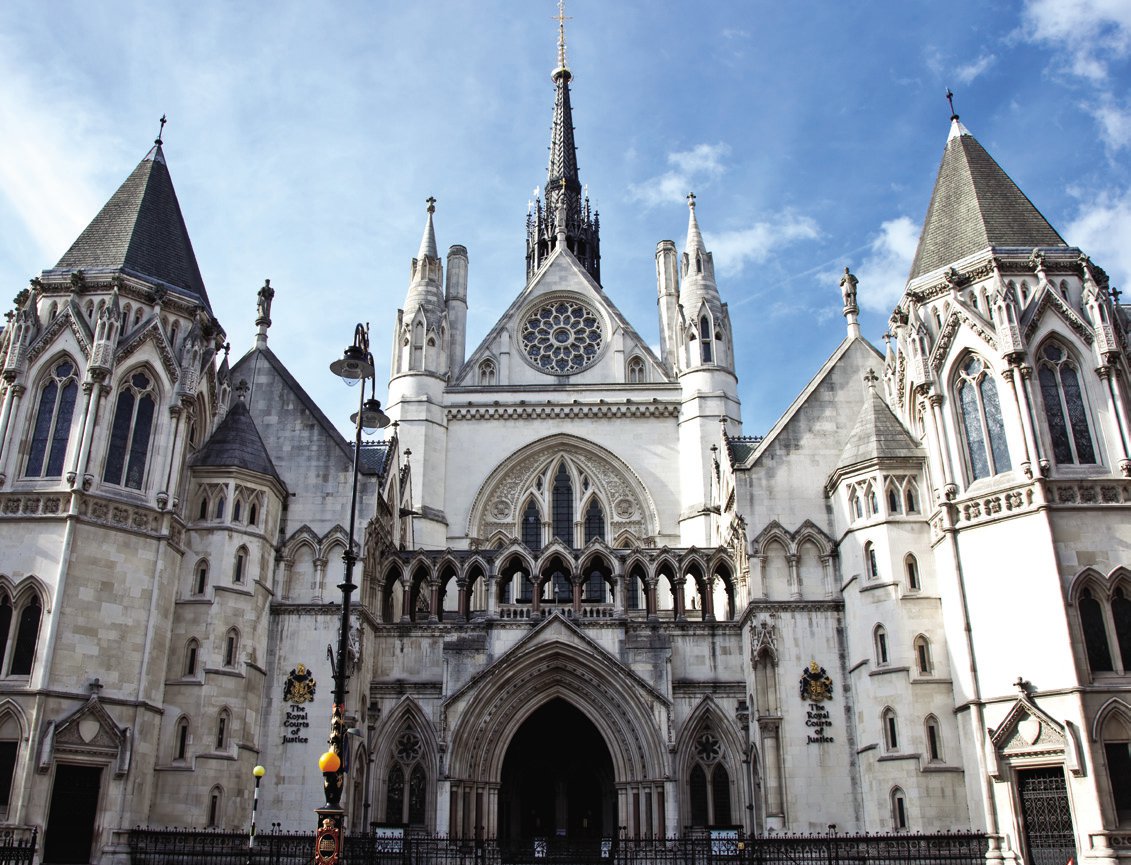Household Bills
Avoidance or evasion: Legal and illegal ways to minimise tax

Bob Fraser, senior client partner, Towry, talks about the best and worst ways to try and minimise your tax bill.
In a year which has focused on the 100th anniversary of the start of the Great War, it is apposite to recall Lloyd George’s words in his last pre-War budget debate:
“It is perfectly true that you can make legal arrangements … to evade taxes. I am perfectly well aware of that … the moment it is done the Inland Revenue can submit a scheme which will stop all that kind of spiders web … I considered whether it should be stopped this time and the only reason why it was not done was because I was advised that at the present moment it was not worthwhile.”
This acceptance of the tennis match between the ingenuity of those seeking to pay less tax and the counter-measures of the Revenue subsequently found legal expression in the landmark decision of IRC v Duke of Westminster (1936) in which Lord Tomlin said:
“Every man is entitled to order his affairs so that the tax attaching under the appropriate Acts is less than it otherwise would be.”
Since then, however, as successive governments have sought to raise ever more tax revenue, political tolerance of ingenious tax avoidance has become strained, leading to more aggressive HMRC restrictions, and public opinion is also being used as a weapon to deter would-be avoiders.
There has been a succession of legal judgements, and HMRC initiatives that attack contrived or artificial transactions which serve little or no purpose other than to produce a tax advantage to the individual. The latest weapon in HMRC’s armoury in this respect is the “General Anti-Avoidance Rule” (GAAR) introduced in 2013 which allows HMRC to counter perceived abusive arrangements by invoking the GAAR rather than seeking resolution through the courts. This is in addition to other combative measures such as the Disclosure of Tax Avoidance Schemes (DOTAS) regime under which tax schemes have to be notified to HMRC in advance in order to allow HMRC to determine how to address any issues that they raise.
As a result, whilst it remains entirely legal to avoid paying any more tax than the letter of the law demands, the consequences of over-stepping the mark can negate the financial benefits.
So where is the boundary between what is acceptable and what is not? Please note that I have said “acceptable” rather than “legal”, since the latest weapon which we have seen some high-profile cases around is public embarrassment as opposed to legal sanction.
Our approach at Towry is to keep tax planning both simple and using recognised straightforward schemes which can help negate your overall tax bill. There are sadly some sham tax ‘avoidance’ schemes where avoidance can quickly turn into evasion, since the concealment of facts could be judged to be breaking the law, which could result in criminal sanctions.
So what should one beware of? Here are some pointers:
The scheme sounds too good to be true. This is a universal truism and equally applies here. Does the arrangement look as if it is bending the rules of the tax system to gain a tax advantage that Parliament never intended?
It involves a “clever scheme”, often at a significant up-front set up cost or fee, which promises to get rid of your tax liability.
It relies on “Counsel’s opinion” (advice from a senior barrister) to interpret the law to support the tax arrangements. These opinions may prove to be wrong, and you often have no come-back.
The scheme involves money going around in a circle, back to where it started without adding any value on its journey. In other words, the only point of the activity is to avoid tax, not to be a safe investment.
Use is being made of tax havens, offshore companies or trusts without a clear economic reason.
You are bound to secrecy.
Where HMRC has issued a Scheme Reference Number (SRN) under the Disclosure of Tax Avoidance Schemes (DOTAS) regime.
The scheme involves a contribution to a “fighting fund” in case it is challenged through the courts.
If any of these points apply to what you are considering, take a deep breath and check that you know what you are getting into.
The tax breaks that you can consider
The government will often give tax incentives to support areas of policy that they wish to encourage, such as saving for retirement (pensions tax relief [and national insurance saving if using ‘salary sacrifice’]); encouraging investment in under-developed areas or start-up companies (enterprise investment schemes, business property arrangements, venture capital trusts, etc); personal savings (NISAs, national savings plans); gifting to charities (inheritance tax reduction through Will gifting, gift aid); support the lower paid (personal allowances [income tax and capital gains tax]); permit limited wealth transfer (inheritance tax exemptions and reliefs).
The savings possible through the planned and systematic use of these officially approved tax breaks can be substantial. For example, the available personal tax allowances can, if used in full, provide a tax free ‘income’ of £21,000pa, so a couple could have a joint tax free ‘income’ of £42,000 with careful planning¹.
The key lies in the last 2 words: “careful planning”. The best advice to maximise your tax advantages and avoid running foul of HMRC is to take early and comprehensive financial planning advice from a professional adviser.
¹The CGT annual personal allowance is £11,000. The income tax personal allowance is £10,000. If both can be used then the tax free “income” (gains + income) is £21,000, or £42,000 for a couple.